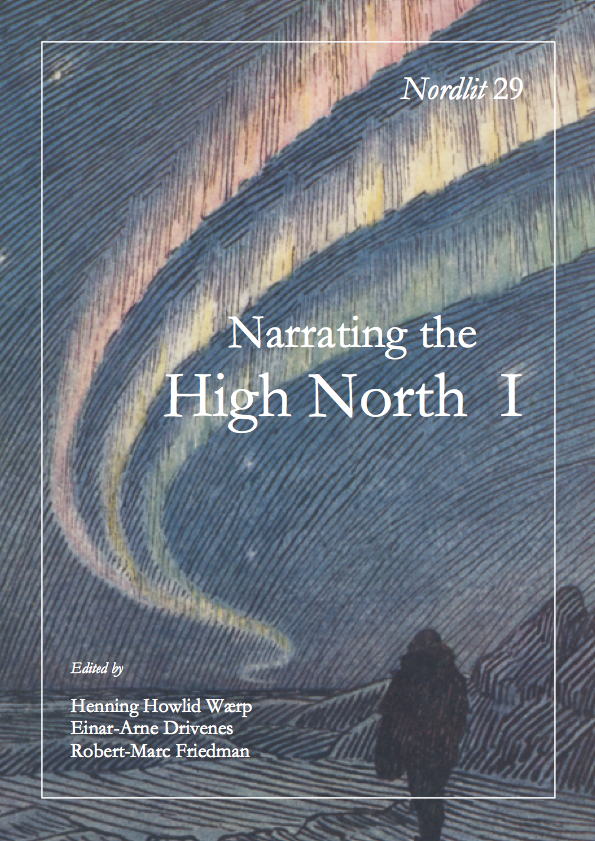Making Sense of the Aurora: A Research Project
DOI:
https://doi.org/10.7557/13.2301Keywords:
Aurora borealis, science in the far north, polar research, history of scienceAbstract
The article provides an introduction to a on-going research project based at University of Tromsø that seeks to analyze the history of efforts to make sense of the aurora borealis from the early 1700s through to the Cold War. Following brilliant displays of the northern lights in the early eighteenth century, natural philosophers strove to explain this phenomenon that evoked widespread fear and superstition. It was not until well into the twentieth century that consensual explanation emerged for this, one of the great enigmas in the history of science. From the start, the quest to explain the aurora borealis became enmeshed with patriotic science and nationalist sentiments. The history of efforts to understand the nature and cause of the aurora poses a number of thematic problems. Being a fleeting and at times rapidly changing phenomenon, only occasionally seen south of far-northern latitudes, the aurora needed to be constituted as an object able to be brought into the domain of rational science. Observational accounts of the aurora came most often from by personsliving or travelling in the far north or in the Arctic, but these persons were generally not trained scientists: Whose witnessing counted and how was authority negotiated among professional scientists and amateurs?Downloads
Published
2012-05-01
How to Cite
Friedman, Robert Marc. 2012. “Making Sense of the Aurora: A Research Project”. Nordlit, no. 29 (May):59-68. https://doi.org/10.7557/13.2301.
Issue
Section
Articles









